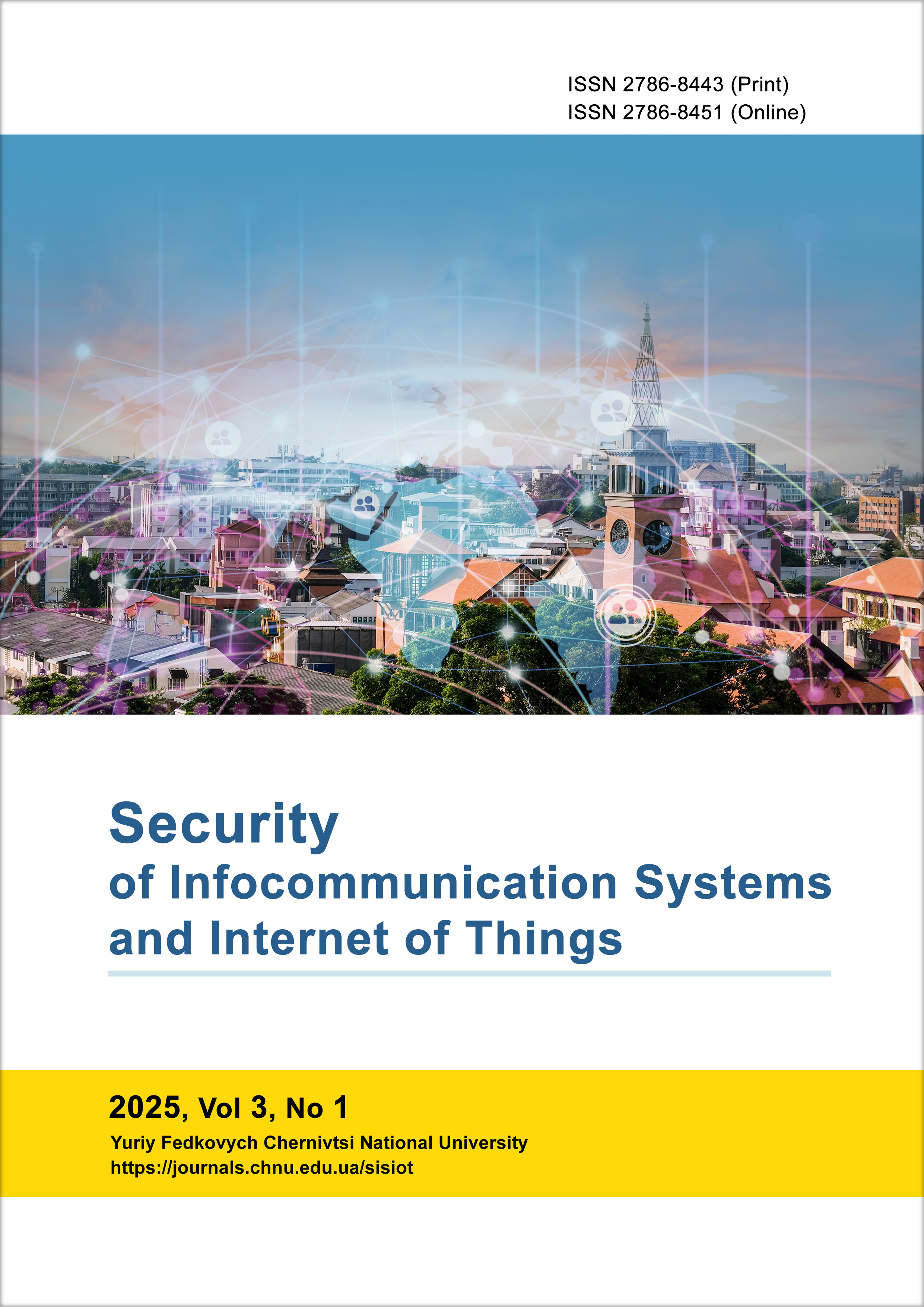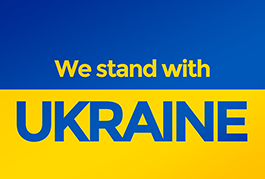IoT Based Smart Parking Systems in Unity With ML-agents Toolkit
DOI:
https://doi.org/10.31861/sisiot2025.1.01002Keywords:
Unity ML-Agents, sensors, tensor, reinforcement learning, Proximal Policy OptimizationAbstract
Modern cities face problems with limited parking space, which requires effective optimization to reduce congestion. This paper presents an up-to-date approach to solving the problem of parking in restricted space conditions using the Unity Machine Learning Agents Toolkit (ML-Agents). This toolkit is based on artificial neural networks. It opens up wide opportunities for training agents capable of performing tasks in real time to optimize the use of parking areas and reduce the time to search for free spaces in real-time. Data transmission from sensors in Internet of Things (IoT) systems plays a key role in optimizing the use of parking spaces and increasing driver comfort. For this purpose, modern IoT technologies are integrated into the system, which allows the effective solving of parking problems in limited urban space conditions. The concept of an intelligent parking system is presented, which uses sensor technologies and machine learning algorithms to increase the efficiency of the process and driver comfort. Despite the high costs of installation and maintenance of traditional systems, the use of the Unity game engine and ML-Agents allows you to create training environments for preliminary testing, debugging, and optimization of algorithms. In the course of the research, a machine learning model was developed and analyzed using the Proximal Policy Optimization algorithm, which allowed us to reproduce various agent training scenarios. This contributed to the acceleration and stabilization of the training process, as well as the establishment of optimal model parameters based on the analysis of key performance metrics. The results of testing and comparative analysis confirm the prospects of the proposed approach in the field of autonomous car parking.
Downloads
References
B. Padmavathi and V. Selvaraj, “Advanced optimization-based weighted features for ensemble deep learning smart occupancy detection network for road traffic parking,” J. Netw. Comput. Appl., vol. 230, p. 103924, 2024. doi: 10.1016/j.jnca.2024.103924.
F. Caicedo, “Real-time parking information management to reduce search time, vehicle displacement and emissions,” Transp. Res. D: Transp. Environ., vol. 15, no. 4, pp. 228–234, 2010. doi: 10.1016/j.trd.2010.02.008.
S. Saki and T. Hagen, “Cruising for parking again: Measuring the ground truth and using survival analysis to reveal the determinants of the duration,” Transp. Res. A: Policy Pract., vol. 183, p. 104045, May 2024. doi: 10.1016/j.tra.2024.104045.
W. A. Jabbar, L. Y. Tiew, and N. Y. Ali Shah, “Internet of things enabled parking management system using long range wide area network for smart city,” Internet Things Cyber-Phys. Syst., vol. 4, pp. 82–98, 2024. doi: 10.1016/j.iotcps.2023.09.001.
J. Arellano-Verdejo, F. Alonso-Pecina, E. Alba, and A. Guzmán Arenas, “Optimal allocation of public parking spots in a smart city: problem characterization and first algorithms,” J. Exp. Theor. Artif. Intell., vol. 31, no. 4, pp. 575–597, 2019. doi: 10.1080/0952813X.2019.1591522.
R. Ke, Y. Zhuang, Z. Pu, and Y. Wang, “A smart, efficient, and reliable parking surveillance system with edge artificial intelligence on IoT devices,” IEEE Trans. Intell. Transp. Syst., vol. 22, no. 8, pp. 4962–4974, 2021. doi: 10.1109/TITS.2020.2984197.
A. Aditya, Sh. Anwarul, R. Tanwar, and S. Krishna Vamsi Koneru, “An IoT assisted Intelligent Parking System (IPS) for Smart Cities,” Procedia Comput. Sci., vol. 218, pp. 1045–1054, 2023. doi: 10.1016/j.procs.2023.01.084.
M. Choi, G. Kang, and S. Lee, “Autonomous driving parking robot systems for urban environmental benefit evaluation,” J. Cleaner Prod., vol. 469, p. 143215, 2024. doi: 10.1016/j.jclepro.2024.143215.
A. Fahim, M. Hasan, and M. Alam Chowdhury, “Smart parking systems: comprehensive review based on various aspects,” Heliyon, vol. 7, no. 5, p. e07050, May 2021. doi: 10.1016/j.heliyon.2021.e07050.
T. Liu, H. Chen, J. Hu, Z. Yang, B. Yu, X. Du, Y. Miao, and Y. Chang, “Generalized multi-agent competitive reinforcement learning with differential augmentation,” Expert Syst. Appl., vol. 238, part C, p. 121760, 2024. doi: 10.1016/j.eswa.2023.121760.
M. Matulis and C. Harvey, “A robot arm digital twin utilizing reinforcement learning,” Comput. Graph., vol. 95, pp. 106–114, 2021. doi: 10.1016/j.cag.2021.01.011.
J. Schulman, F. Wolski, P. Dhariwal, A. Radford, and O. Klimov, “Proximal policy optimization algorithms,” arXiv preprint arXiv:1707.06347, 2017. doi: 10.48550/arXiv.1707.06347.
Published
Issue
Section
License
Copyright (c) 2025 Security of Infocommunication Systems and Internet of Things

This work is licensed under a Creative Commons Attribution 4.0 International License.









